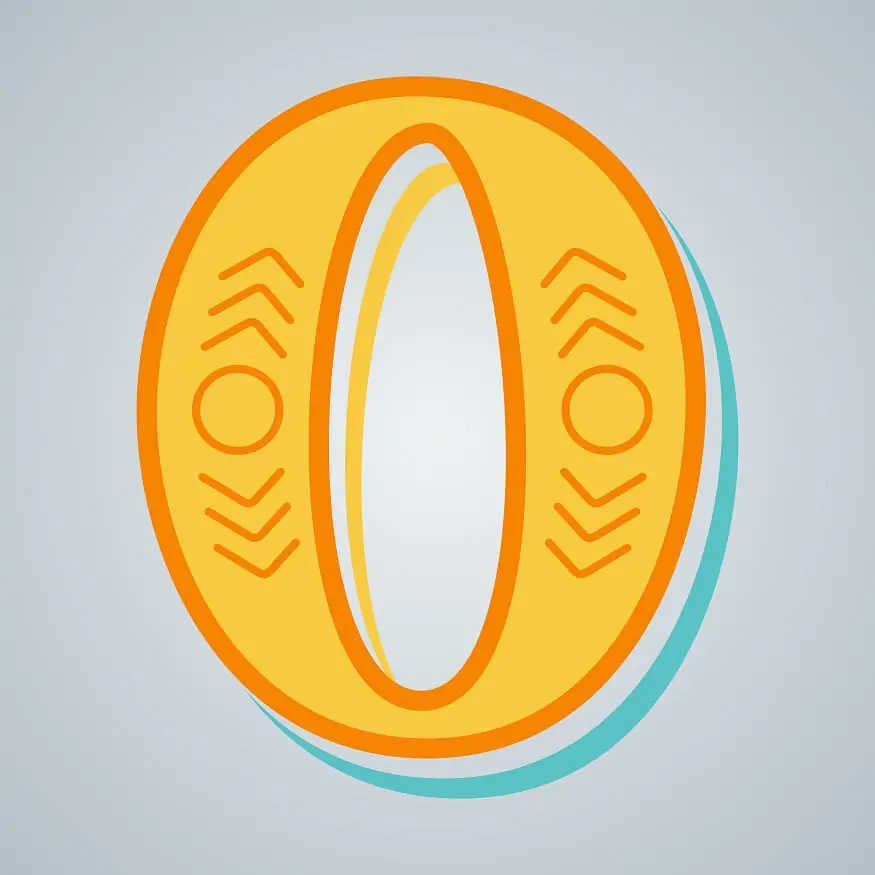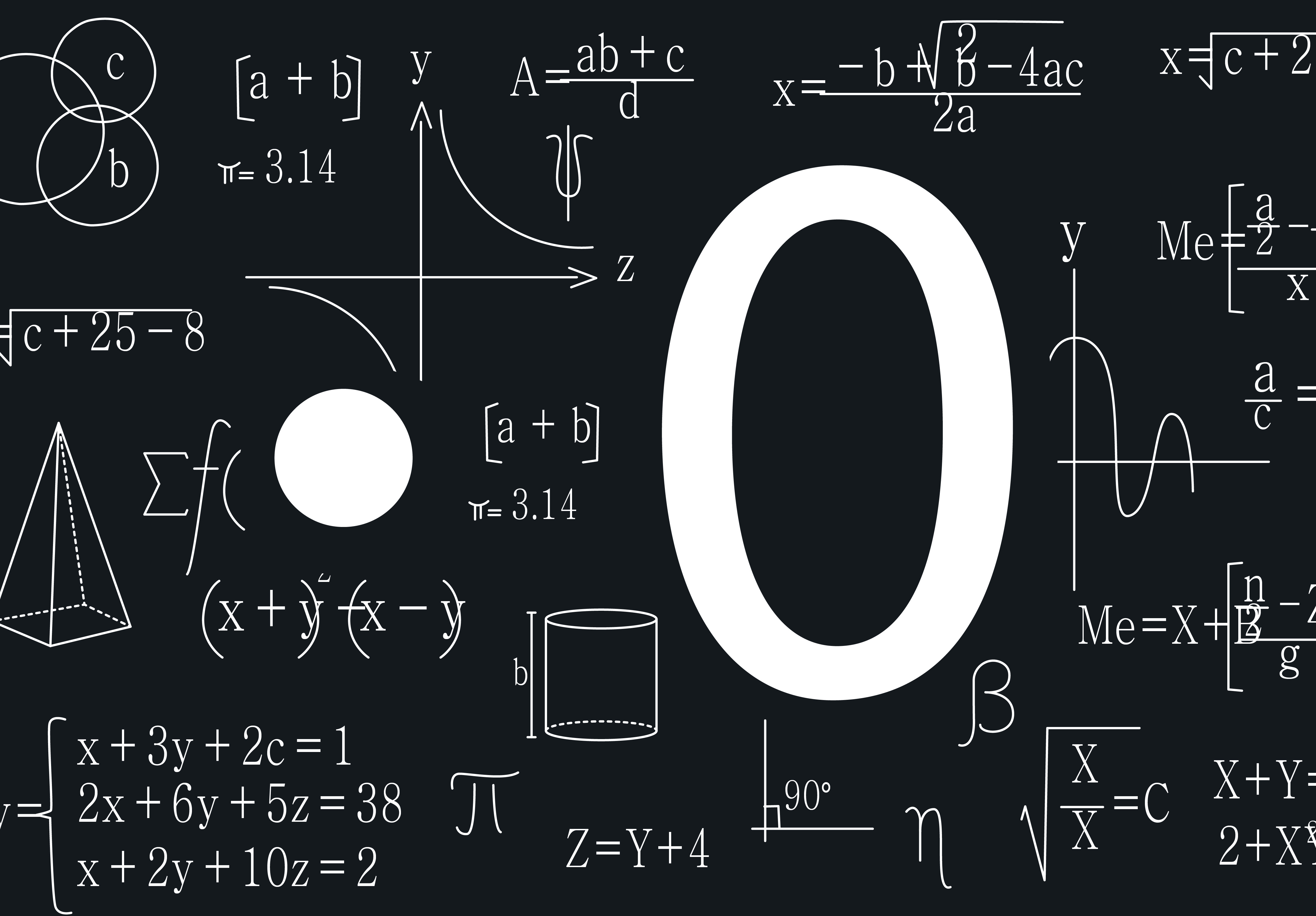History of Zero
Who Discovered Zero First?
 Zero is a symbol and a concept that revolutionised mathematic and humanity’s understanding of the universe. It has a rich history that is entwined with several cultures, ideologies, and civilisations. The transition to “nothing” required a significant improvement in human understanding and abstraction.
Zero is a symbol and a concept that revolutionised mathematic and humanity’s understanding of the universe. It has a rich history that is entwined with several cultures, ideologies, and civilisations. The transition to “nothing” required a significant improvement in human understanding and abstraction.
History of Zero
It is thought that the ancient Egyptians and the Babylonians were aware of the idea of “nothing,” but neither culture represented it with a particular glyph or number. In ancient number systems, they mostly used context or empty spaces to denote nothingness.
Around 3000 BC, the ancient Sumerians’ sexagesimal (base 60) number system—which was ultimately passed on to the Babylonians—used zero as a place holder for the first time. Although their notation method made it easy to write down huge numbers and fractions, it lacked a glyph or symbol for zero. It did, however, employ a space to denote a missing positional value, which while functionally comparable to zero, was not a fully developed idea of zero in the way we use today.
In contrast, it was the ancient Indian civilisation that is credited with the invention of the symbol, and more importantly, the concept of zero. The earliest known use of zero as a decimal digit is documented in a 9th-century manuscript of a mathematical text called the Lokavibhaga. However, this is not the earliest evidence of the knowledge of zero in India. The concept of ‘Shunya’ (nothingness or void) was an integral part of philosophical and metaphysical discussions in ancient Indian texts.
The mathematical foundations of zero were defined in the seventh century AD by the Indian mathematician and astronomer Brahmagupta. He established guidelines for the addition, subtraction, multiplication, and division operations in mathematics that use zero. One of the key turning points in the history of zero is considered to be Brahmagupta’s Brahmasphutasiddhanta, where he employed a tiny dot to signify the idea of “Shunya.”
Over the course of several centuries, intellectuals, traders, and conquests helped spread the idea and notation of zero from India to the Islamic world and then to Europe. Through translations of Brahmagupta and other mathematicians’ works, the Arabs learnt Indian arithmetic.
Al-Khwarizmi and other Arab mathematicians made further advancements to the zero idea. Due to the Church’s opposition, which connected the idea of emptiness with the vacuum and chaos, the symbol and concept of zero did not permeate Europe until the 12th century thanks to his work and the Latin translations of it.
When Italian mathematician Fibonacci, who had studied under Arab masters, employed the Hindu-Arabic numeric system in his book, Liber Abaci, in the 13th century, the notation of zero underwent additional development. The usage of the numerical system in Europe, including the use of the sign zero, was greatly helped by Fibonacci’s book.
Zero did not, however, gain wide acceptance in Europe until the introduction of the decimal system in the 17th century. The evolution of the Cartesian coordinate system, which made zero the primary point of reference, emphasised the significance of this mathematical idea even more.
Ancient Mayans in the Americas independently acquired the idea of zero sometime in the fourth century AD. The base-20 (vigesimal) system the Mayans employed had a shell glyph for zero. This system remained isolated, though, and had little impact on how zero evolved in the Old World.
From being a basic placeholder to becoming a symbol and a mathematical concept, zero travelled through cultures, eras, and continents. This voyage constituted a significant advance in human abstraction and symbolism; it was more than just a continuation of mathematical reasoning. The invention of zero had a profound impact on mathematics as well as the physical sciences, engineering, computer science, and many other fields, laying the groundwork for the mathematical foundations of the modern world. With its roots in the idea of “nothing,” zero has come to represent “everything” in the world of numbers and mathematics.
https://substackcdn.com/image/fetch/f_auto,q_auto:good,fl_progressive:steep/https%3A%2F%2Fbucketeer-e05bbc84-baa3-437e-9518-adb32be77984.s3.amazonaws.com%2Fpublic%2Fimages%2F8b160bcb-10d9-4f3d-8553-db24d39f8e1b_4792x3334.jpeg first formalised the mathematical principles of zero, Aryabhata’s work laid much of the groundwork for this development.
first formalised the mathematical principles of zero, Aryabhata’s work laid much of the groundwork for this development.
Aryabhata’s principal work, Aryabhatiya, presented astronomical and mathematical theories in 118 verses, covering topics such as algebra, trigonometry, and arithmetic. Even though he did not explicitly use a zero in his work, his understanding of the place-value system inherently required the concept of zero.
It is worth noting that Aryabhata used the word ‘kha’ for positional purposes, hinting towards a placeholder concept similar to zero. He used ‘kha’ to signify absence or void in the place-value system, serving a role very similar to zero in positional notation.
Moreover, his calculations, particularly in astronomical mathematics, required an understanding of zero and the concept of void, even if they did not explicitly express it. His methods of calculating planetary positions and eclipses could not have been as accurate without the mathematical understanding of ‘shunya’ (the Sanskrit word for void or emptiness), which later developed into the concept of zero.
https://qph.cf2.quoracdn.net/main-qimg-9d16f8512e1c3a0c2e4cc89cd6e99318-lqThe Concept of Zero: Zero is an essential number in mathematics, serving two primary purposes. It acts as a symbol to represent ‘nothing’, and as a placeholder in our decimal number system, indicating an empty place value.
Place Value System: The concept of zero was fundamental to the development of the decimal place-value system, which is a core component of modern mathematics and calculation. This system, using only ten symbols (0-9), allows us to express any number, no matter how large or small.
Zero in Calculations: Zero plays a unique role in arithmetic. When you add or subtract zero from any number, the number remains the same. However, multiplying any number by zero results in zero, while division by zero is undefined in standard arithmetic, as it can produce infinitely large numbers.
Zero in Different Cultures: The concept of zero was also independently invented by the Mayan civilisation, where they used a shell glyph to represent zero in their base-20 system.
Zero in Algebra: In algebra, zero is the additive identity element: any number added to zero results in the original number. It is also the only number which, when multiplied by any other number, gives a product of zero.
Zero in Computer Science: In the binary system used in computer science, zero is one of the two digits used to encode data.
Zero and Negative Numbers: Zero is considered a neither positive nor negative number. It is also the dividing point on the number line between positive and negative numbers.
Zero in Physics: Zero degrees Kelvin, or absolute zero, is the lowest possible temperature, where all classical motion stops.
Zero in Other Fields: Apart from mathematics, zero holds significance in several other fields such as physics, chemistry, computer science, and engineering. For instance, in digital electronics, ‘0’ often signifies a low or ‘off’ state in binary code.


















































